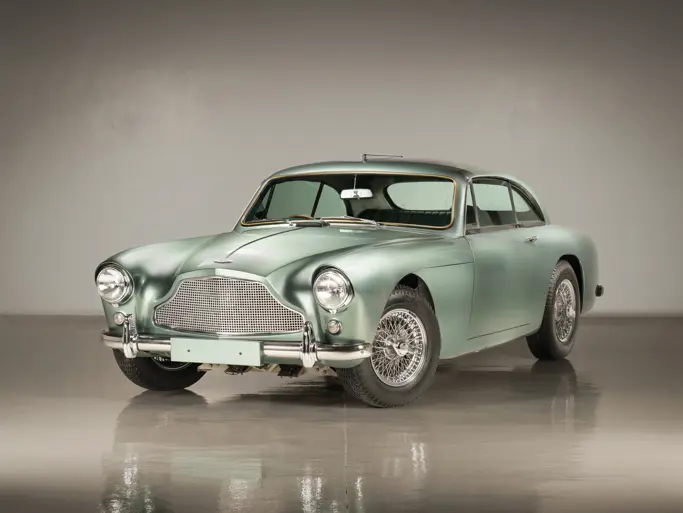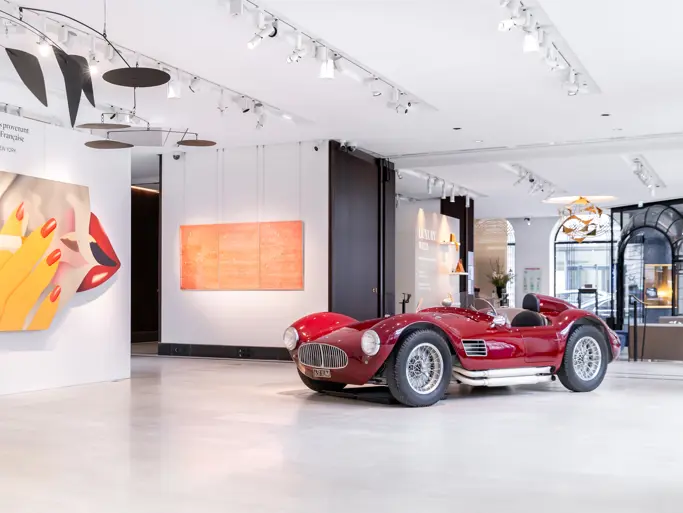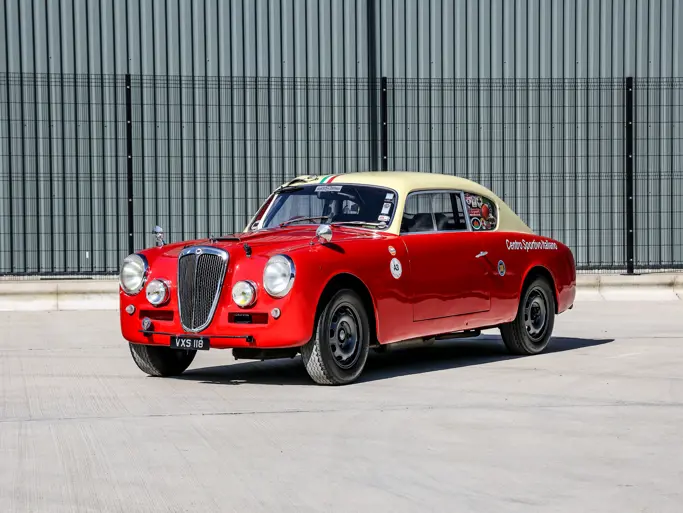Model 9CM. 110 bhp, 255.4 cu. in. L-head V-8 engine, three-speed manual transmission with overdrive, coil spring independent front suspension, live rear axle with semi-elliptic leaf springs, four-wheel hydraulic drum brakes. Wheelbase: 118"
• Attractive steel body with genuine wood skin
• Excellent preserved award winner
The all-new 1949 Fords were designed by a team headed by outside consultant George Walker. However, there had been competing company proposals from the in-house studio of E.T. “Bob” Gregorie. Gregorie had penned a family of three similar cars in three different sizes: Ford, Mercury and Lincoln. When Walker’s design was chosen for the low-priced car, the Gregorie proposal was bumped up a notch to become Mercury, Lincoln and Lincoln Cosmopolitan, respectively. A smaller version went into production at Ford France as the Vedette.
As in the past, there was but a single series of Mercurys, thus the new wagon was called simply “Mercury Station Wagon.” Although the basic body was identical to the Ford’s, Mercury received several up-market features, like an all-leather interior (Ford had genuine leather only on the seat cushions), twin taillights, and directional signals. While Mercury shared Ford’s new independent front suspension and open driveline, it departed from the common engine program of 1946-48 and received a larger, 255-cubic inch version of the flathead V-8. In all, more than 300,000 were sold, but station wagons comprised only 8,000 units of total production, making them quite rare today. Although the Mercury and Ford bodies are the same, save for the Mercury’s doors which are different to smoothly blend into the different front-end sheet metal, most observers will agree that the Mercury body lines flow much more smoothly and attractively than those of its sibling.
Winner of an AACA National First award in 1992, this 1949 Mercury Station Wagon has been very well preserved since that time. The black paint exhibits a deep shine, with just a few chips at the forward edge of the hood opening. The wood, clearly all original, has experienced only minimal weathering, although the varnish has lifted slightly in some places. The dashboard has excellent wood grain, and the odometer reads slightly more than 9,250 miles.
On the interior, everything is equally impressive, particularly the red leather seats and matching leatherette headliner. Under the hood, the engine compartment is well detailed, and the engine, properly finished in green, is well presented. The car runs on Firestone 7.10x15 tubeless wide whitewall tires.
Interestingly, although the car is fitted with an exterior sun visor, fog lamps and fender skirts, it was apparently delivered new with neither radio nor heater, which suggests it was intended for utilitarian service in a warm climate. It is an attractive example of the 1949 Mercury station wagon, which is quite rare and correspondingly desirable.

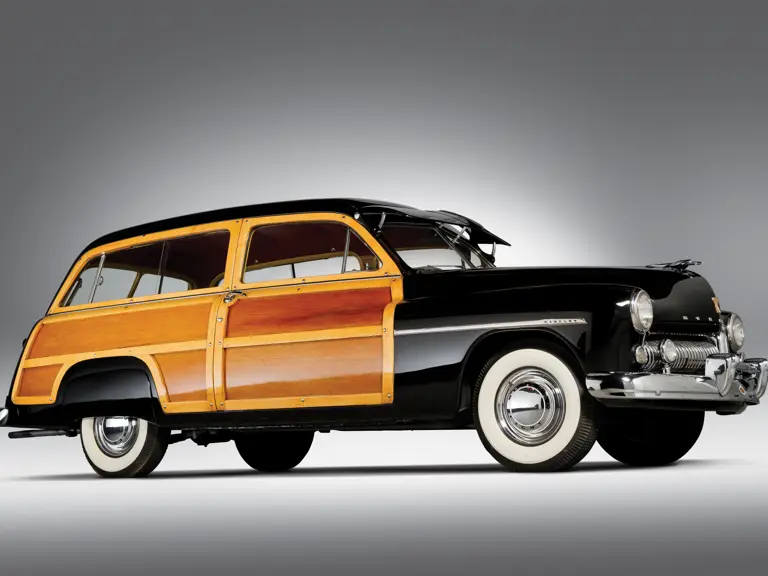
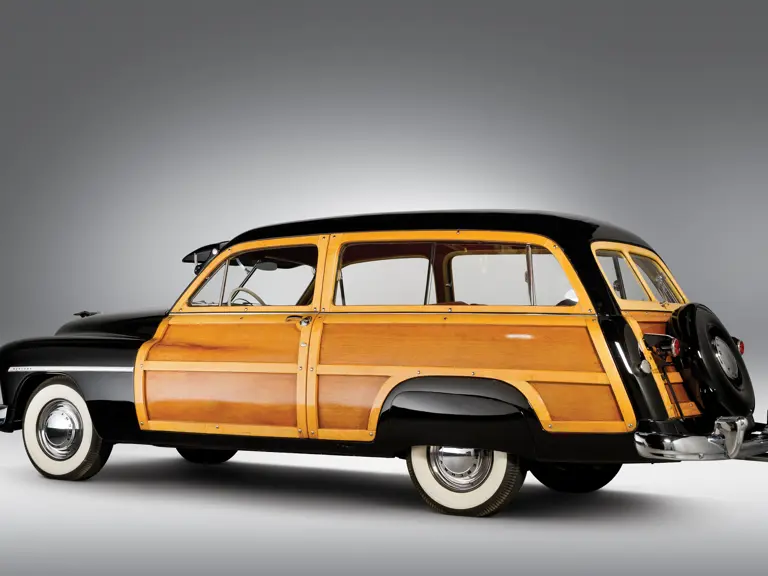

 | Boca Raton, Florida
| Boca Raton, Florida
